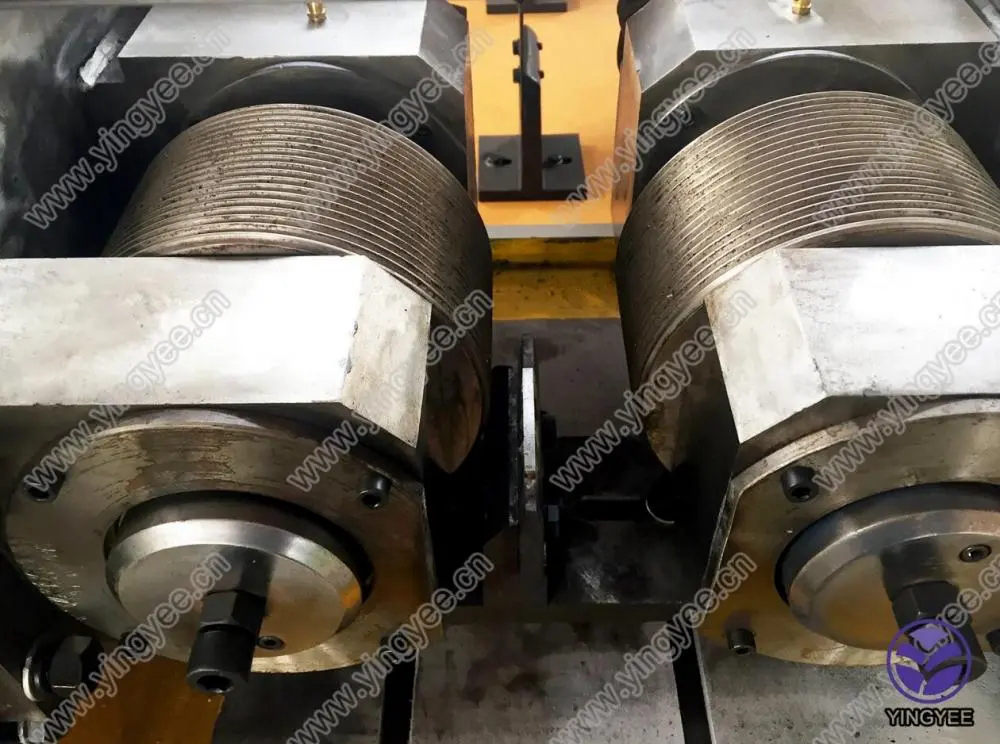
The Coil Cut to Length Line An Essential Process in Metal Fabrication
In the realm of metal fabrication, efficiency and precision are paramount. One of the key processes that facilitate these needs is the coil cut to length line. This system is designed specifically to handle large coils of metal and convert them into accurately cut sheets or plates, streamlining production and minimizing waste. In this article, we will explore the significance of the coil cut to length line, its components, operational process, and benefits to manufacturers.
Understanding the Coil Cut to Length Line
At its core, a coil cut to length line is engineered to take large rolls or coils of metal, typically steel, aluminum, or other alloys, and cut them into prescribed lengths according to specific requirements. The process allows for a high degree of customization in dimensions, accommodating various applications in industries such as construction, automotive, and aerospace.
Components of the Coil Cut to Length Line
The coil cut to length line consists of several essential components that work in unison to ensure the smooth operation of the cutting process
1. Uncoiler The uncoiler is responsible for holding the metal coil and gradually feeding it into the line. It unwinds the coil under controlled tension, which helps to prevent any damage to the metal during the feeding process.
2. Leveling Machine After the coil is unwound, it often exhibits some degree of curvature or distortion. The leveling machine plays a crucial role in flattening the metal, ensuring that it lays perfectly flat before the cutting process begins. This step is vital for achieving precise cuts.
3. Cutting System The core component of the cut to length line is the cutting system, which can employ various technologies such as shear cutters or laser cutters. This system accurately sever the metal sheet into pre-defined lengths based on customer specifications.
4. Stacker Once the sheets are cut, the stacker collects and organizes them for further processing. This component can be equipped with automation features to ensure safe handling and efficient sorting of the finished products.
5. Control System A computerized control system oversees the entire operation, allowing operators to adjust parameters such as length, speed, and cutting frequency. This ensures that the process remains efficient and adaptable to changing production demands.
The Operational Process
The operational process of a coil cut to length line can be summarized in a few steps

2. Uncoiling and Leveling The coil is unwound, and the leveling machine flattens the metal to remove any imperfections.
3. Cutting The metal is fed into the cutting system, which accurately slices the material based on predetermined lengths.
4. Stacking The resultant sheets are collected and stacked by the stacker, often sorted by size or order.
5. Quality Control Throughout the process, quality checks are performed to ensure that the dimensions and finish meet client standards.
Benefits of Coil Cut to Length Lines
Implementing a coil cut to length line offers an array of benefits that can enhance manufacturing efficiency and reduce costs
- Improved Efficiency The automated nature of the line reduces the need for constant manual intervention, thus speeding up production times.
- Precision and Consistency High-quality cutting systems ensure that the resulting sheets are cut to exact specifications, reducing material wastage due to inaccuracies.
- Flexibility Operators can easily adjust the line settings to accommodate different orders without significant downtime, allowing for quick turnarounds and adaptability to market demands.
- Cost-Effectiveness By minimizing scrap metal and optimizing the use of raw materials, companies can significantly lower production costs.
- Enhanced Safety Modern cut to length lines are designed with safety protocols in place, reducing the risk of injury associated with traditional cutting methods.
Conclusion
The coil cut to length line is a vital technology in the metal fabrication industry, fostering efficiency, precision, and adaptability. As industries continue to evolve, the role of such advanced systems will only become more critical in meeting the demands for customized metal products. By investing in a high-quality coil cut to length line, manufacturers can not only improve their operational performance but also pave the way for future advancements in fabrication techniques.